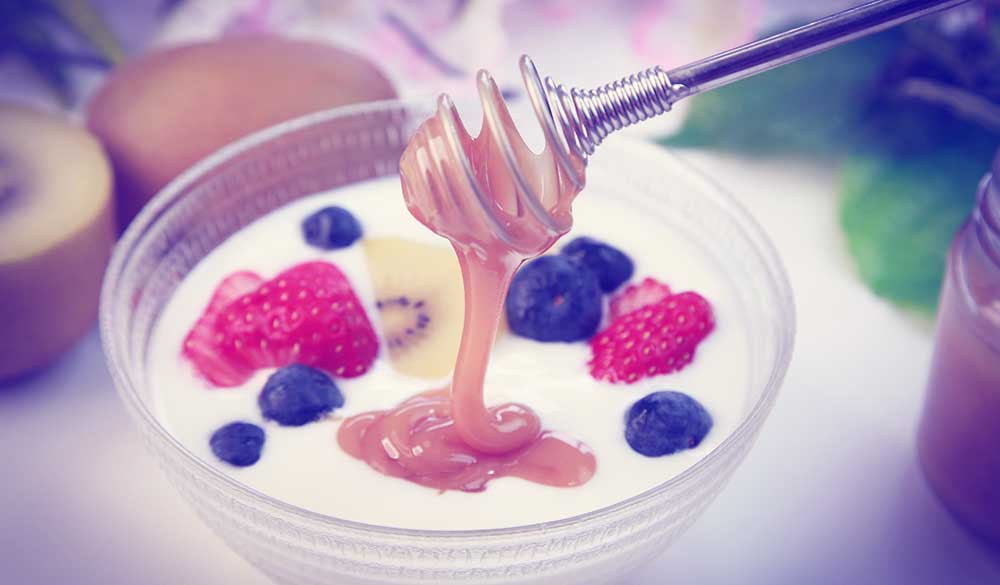Honey has been used since ancient times as an antimicrobial for wound healing, but was largely dismissed by mainstream medicine with the discovery of antibiotics, until the current and growing crisis of antibiotic resistance came to the forefront. Increased research to understand the mode of action and capabilities of honey has created interest in the scientific and medical communities, with many studies focusing on the honey with known therapeutic qualities – manuka honey produced by Leptospermum plant species native to New Zealand and Australia.[1]
Evolving in vitro research has found manuka honey can effectively inhibit all problematic bacterial pathogens tested, in particular those that colonise the skin and mucous membranes, with multiple drug resistant phenotypes showing no resistance or reduced sensitivity to honey. It has a broad-spectrum activity unlike any other known antimicrobial.[1]
There is limited information on the antiviral effect of honey, but recent in vitro studies show it is a potential treatment for varicella-zoster virus, herpes simplex virus (HSV-1) and influenza.[1,2]
The complexity of honey’s action on bacterial pathogens has created difficulty in establishing its mode of action. In 2008, researchers identified a substance called methyl gloxal (MGO), which is selectively toxic to bacterial cells, although many other constituents in honey, such as organic acids, polyphenols, flavonoids, hydrogen peroxide and glycoproteins also play a role in its actions.[1]
The bacterial cell wall has appeared to be the predominant site of antimicrobial action; however, a recent study showed manuka honey was also effective against cell wall-free bacteria, which are intrinsically resistant to many antibiotics.
This has never been discovered before and shows an even greater range of therapeutic use for this honey.[3]
Additionally, by disrupting cellular aggregates and interfering with quorum sensing; the cell to cell communication system, manuka honey can disrupt and prevent the formation of a wide range of both single and multispecies biofilms.[1,2]
The known antioxidant, anti-inflammatory and immunostimulatory actions of honey also contribute to its antimicrobial properties. In vitro studies show honey enhances the activities of many cellular antioxidant enzymes and increases levels of reduced glutathione. Other research reports the stimulation of immunological mediators, while inhibiting the production of inflammatory factors.[2]
Honey is as an efficient nutraceutical with many clear health benefits. It does not appear to cause bacterial resistance, and actually works synergistically with conventional antibiotics. Its complexity is probably its greatest strength in killing diverse pathogens and preventing microbial resistance.[1]
References:
- Carter DA, Blair SE, Cokcetin NN, et al. Therapeutic manuka honey: no longer so alternative. Front Microbiol 2016;7:569. [Full Text]
- Miguel MG, Antunes MD, Faleiro ML. Honey as a complementary medicine. Integr Med Insights 2017;12 [Full Text]
- Hillitt KL, Jenkins RE, Spiller OB, et al. Antimicrobial activity of manuka honey against antibiotic-resistant strains of the cell wall-free bacteria Ureaplasma parvum and Ureaplasma urealyticum. Lett Appl Microbiol 2017;64(3):198-202. [Abstract]


